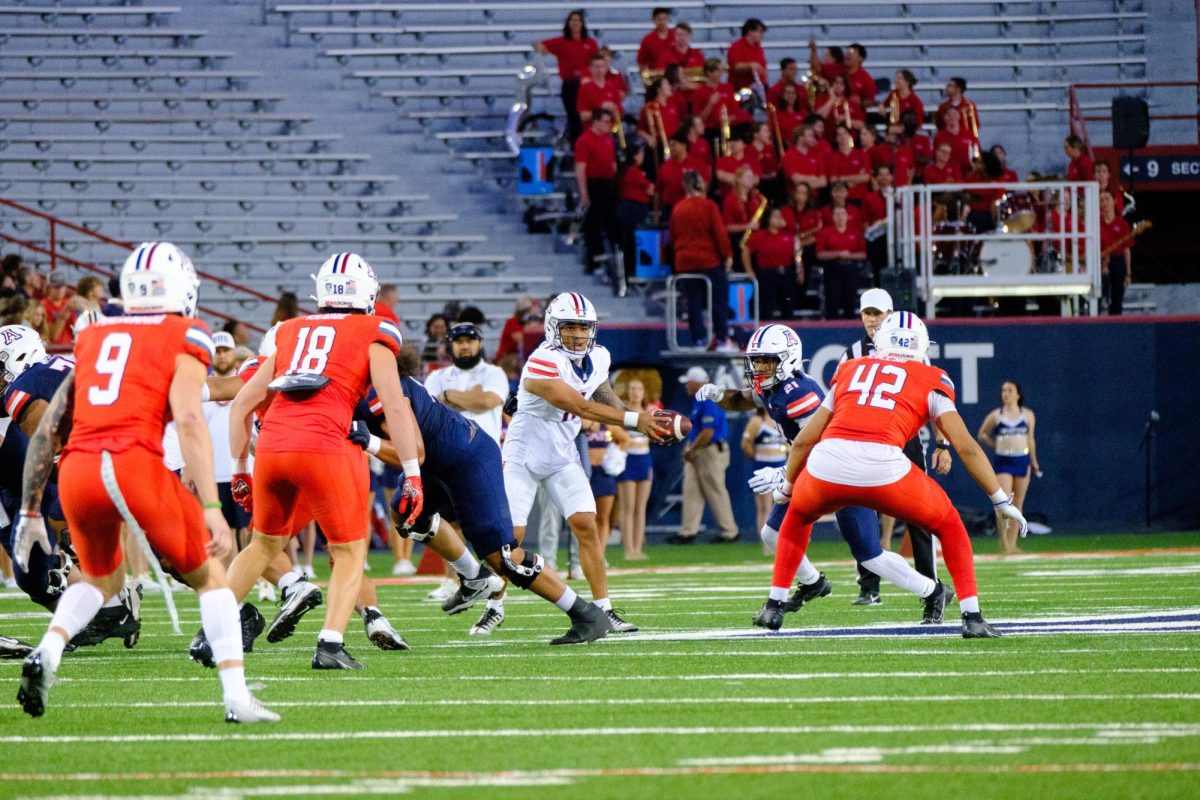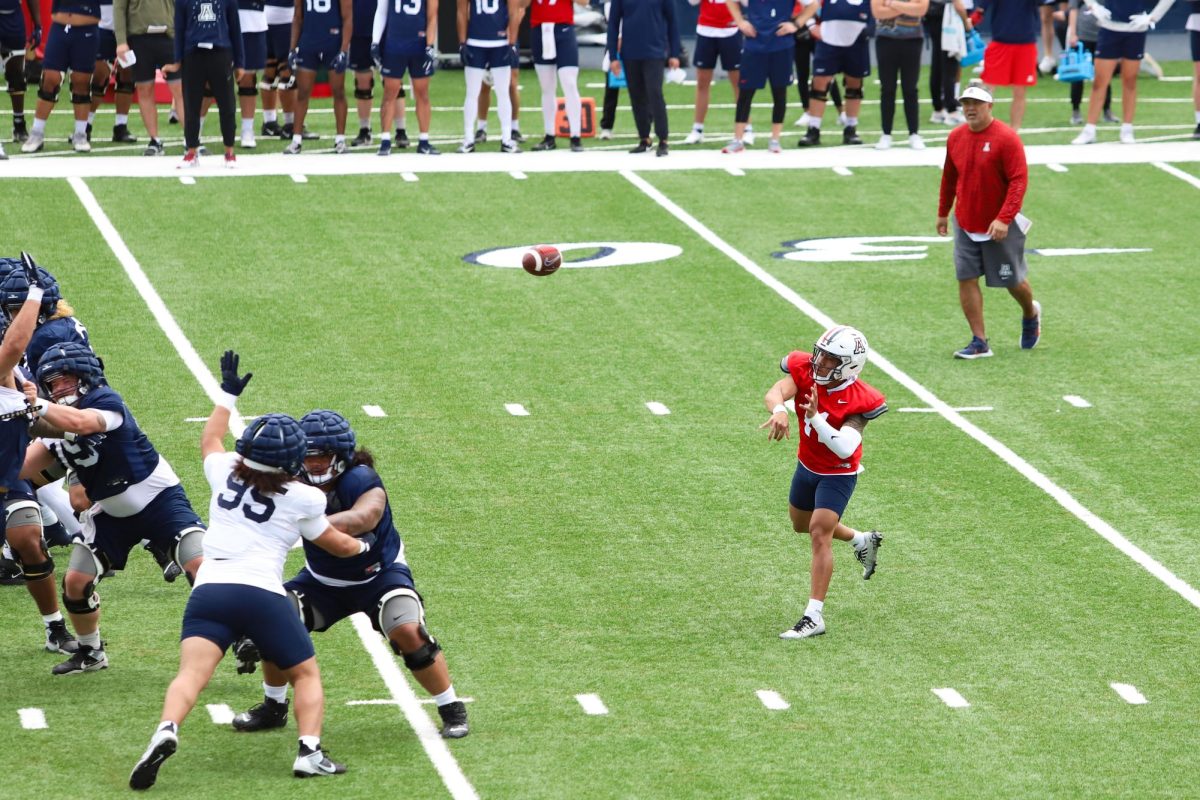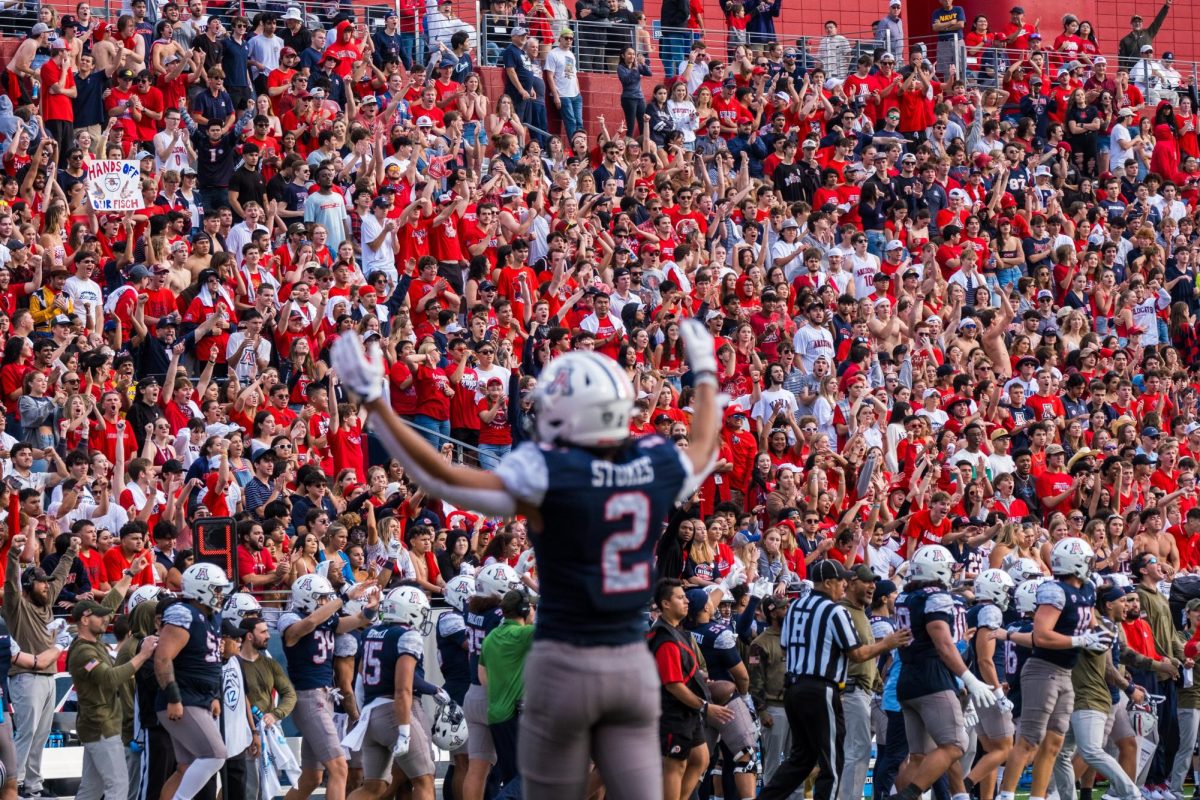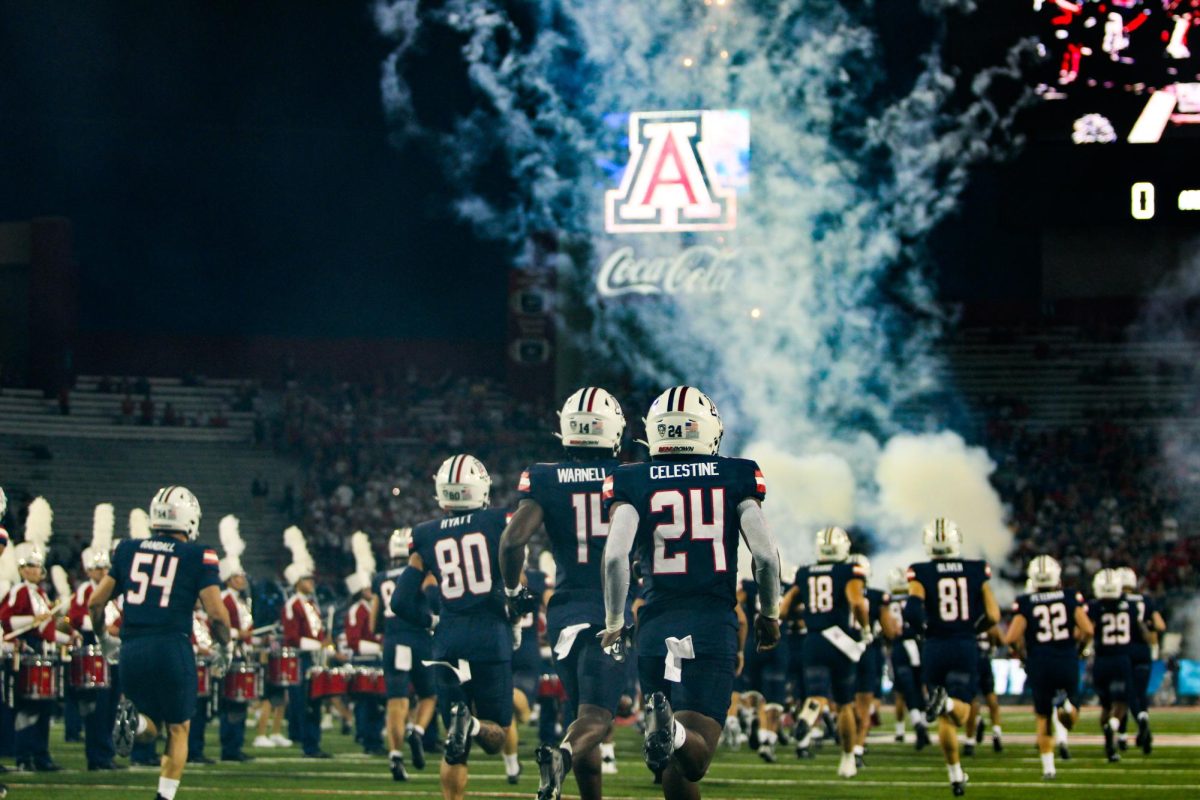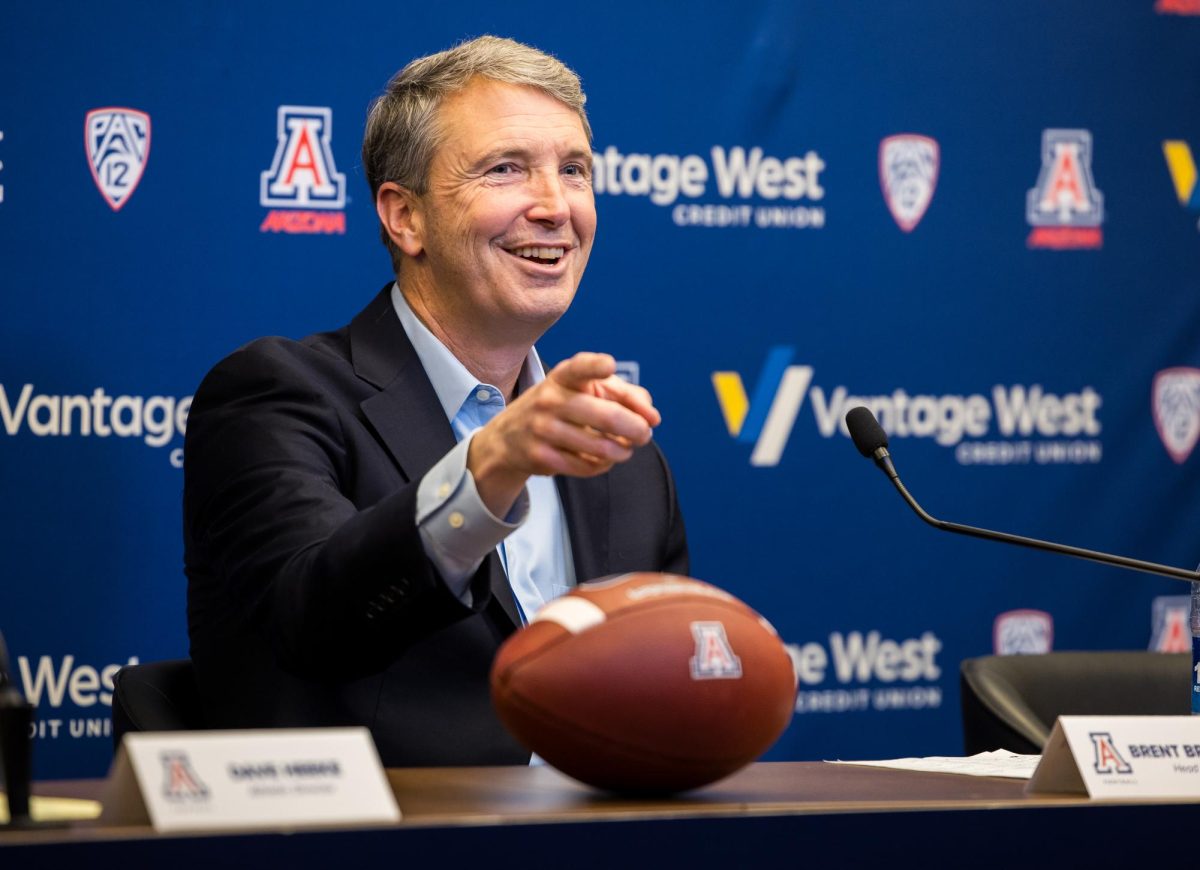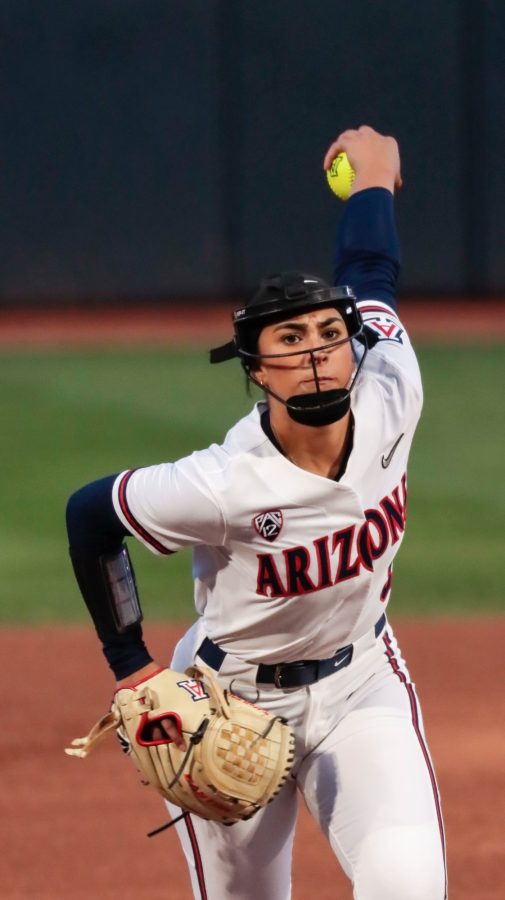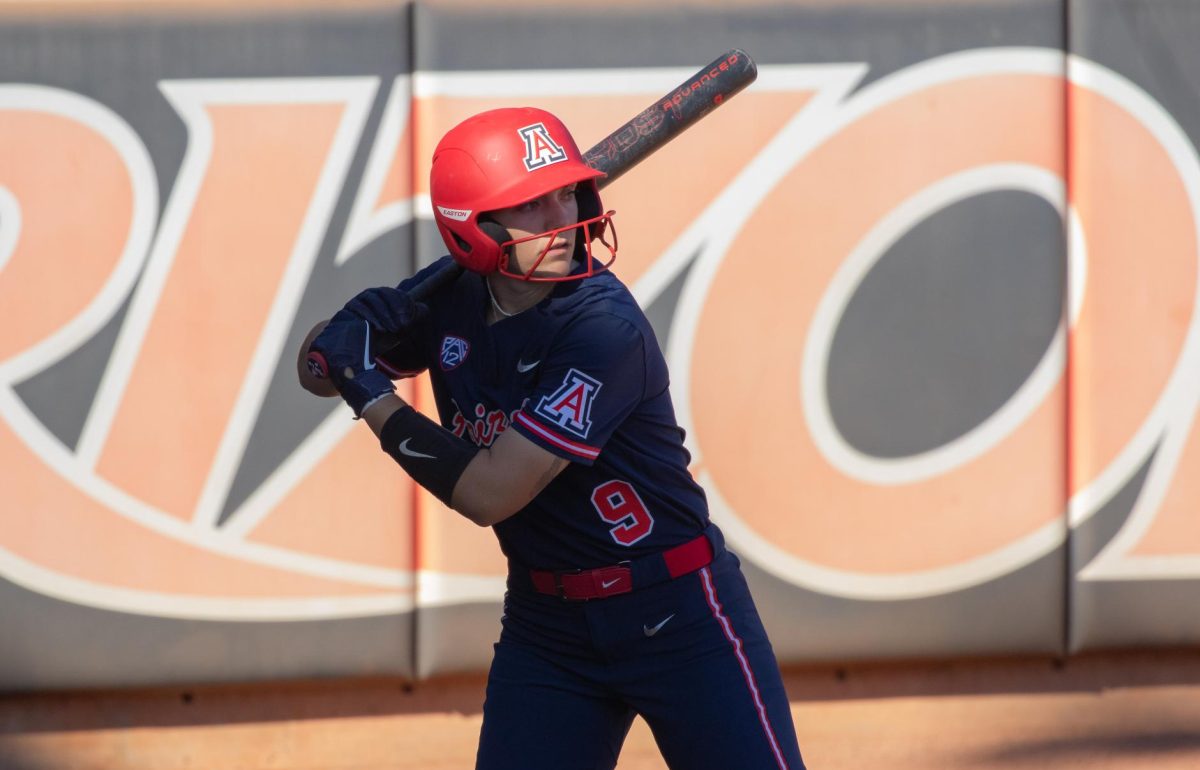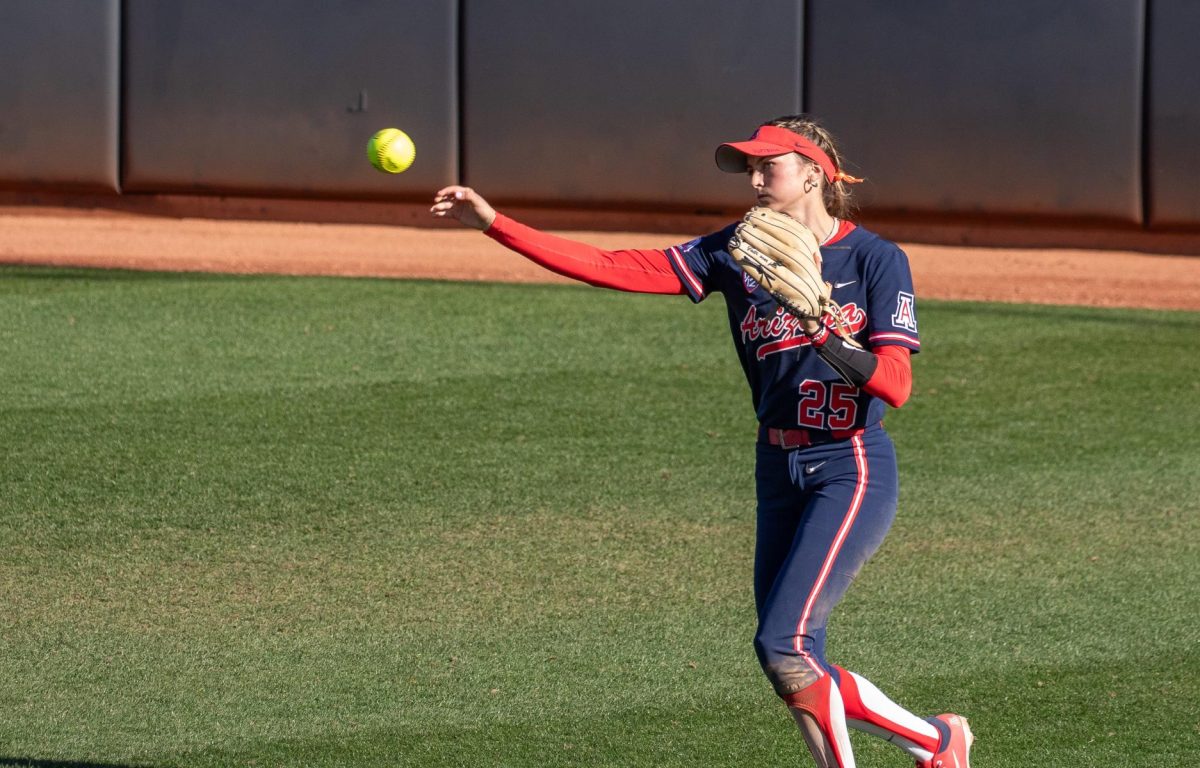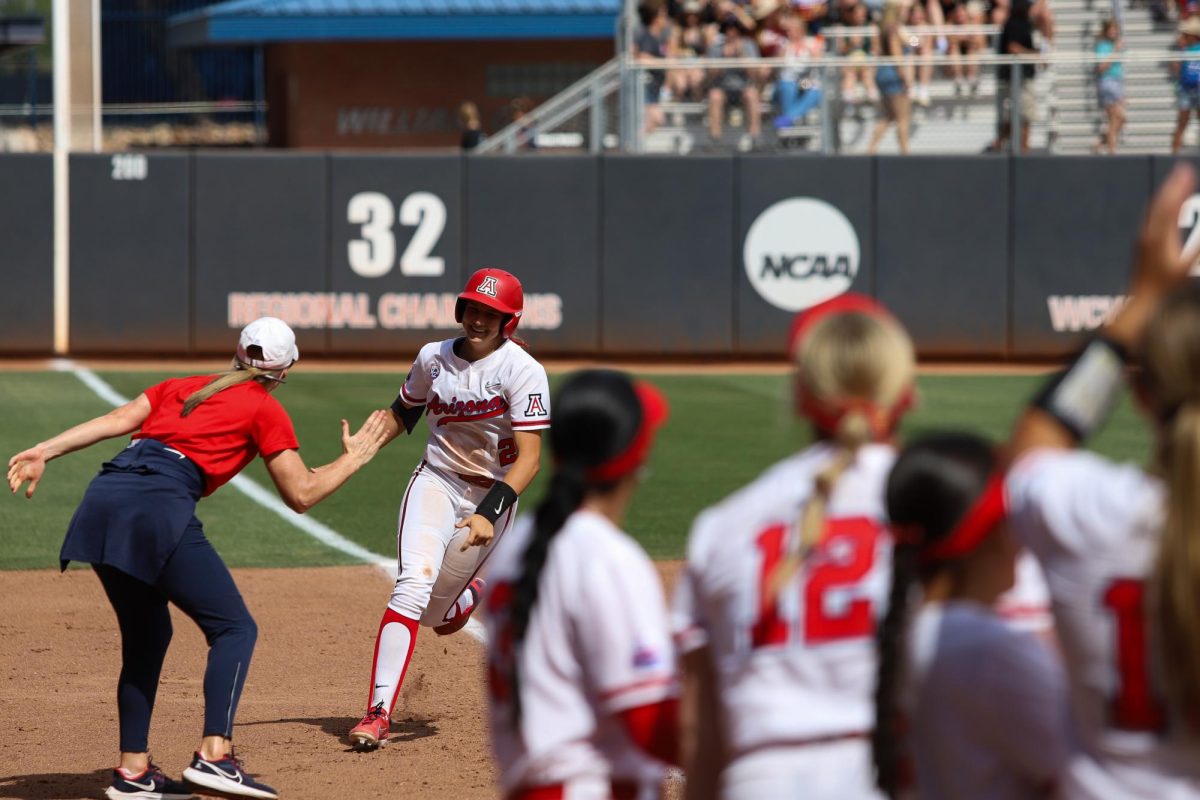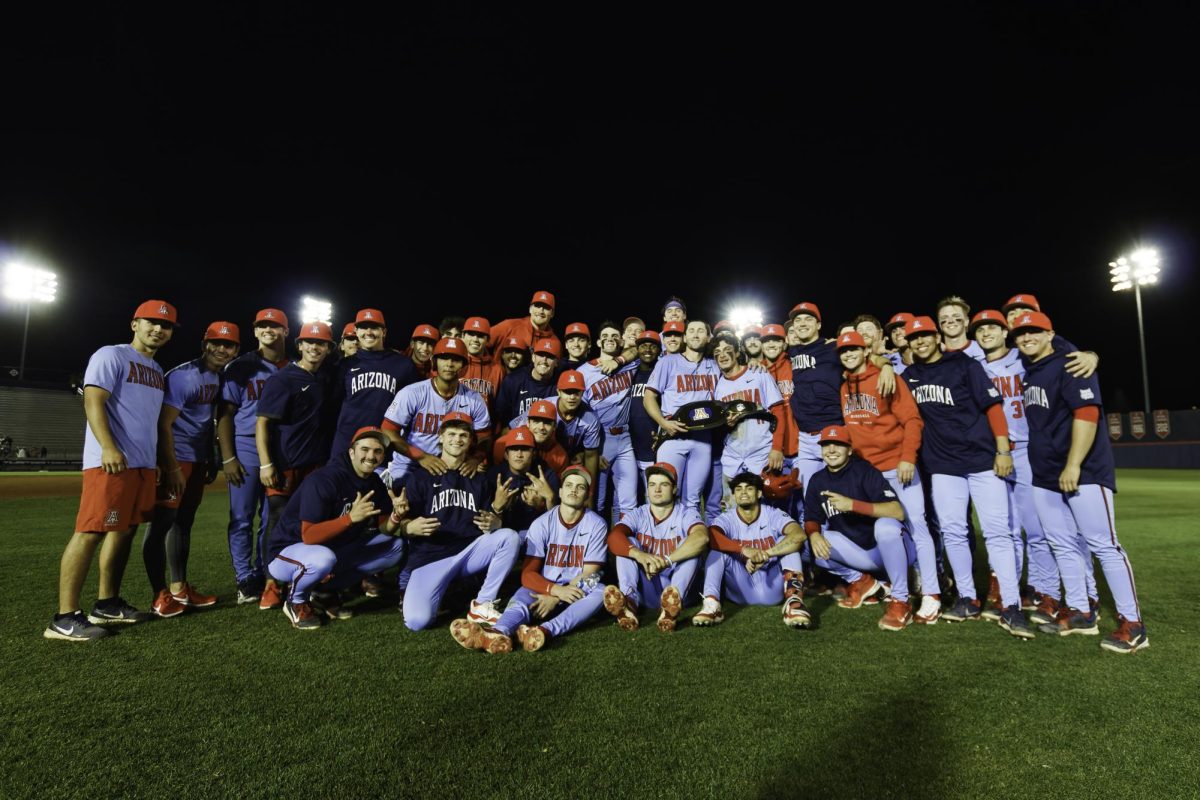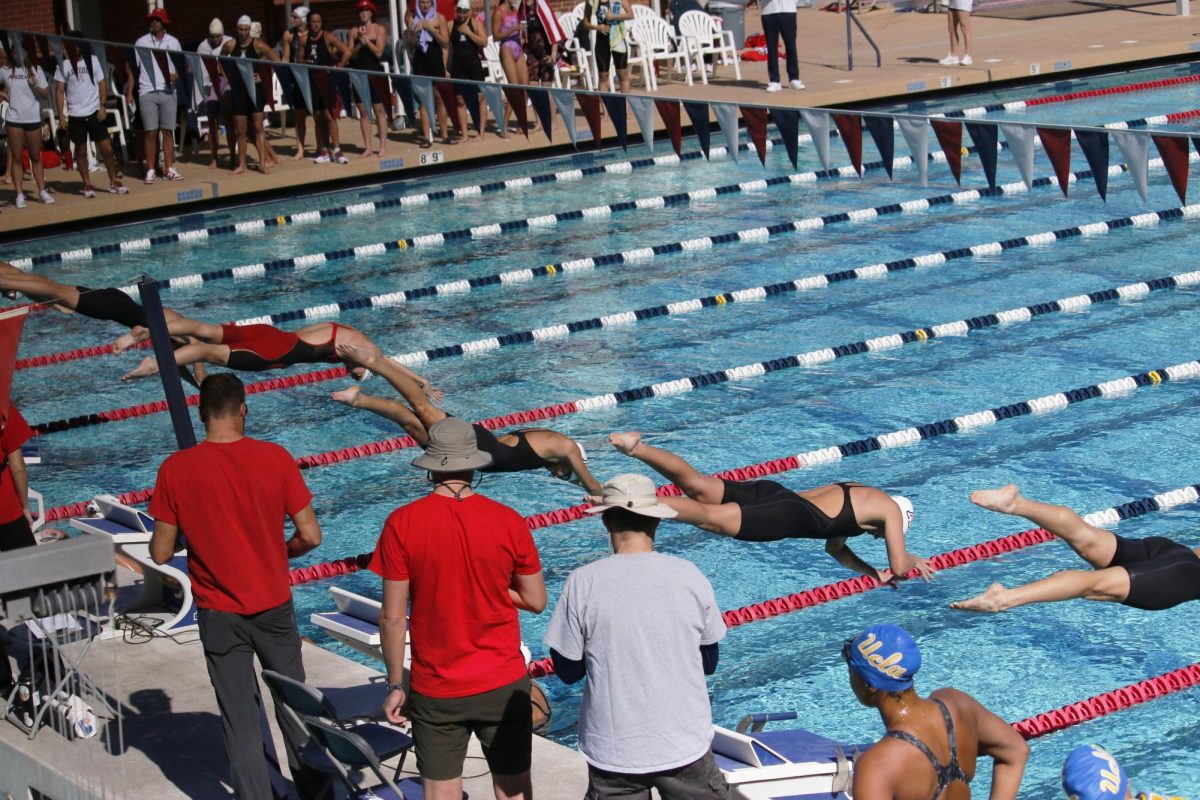Two Daily Wildcat reporters shared their views on whether college athletes should be paid.
Scarlett McCourt
Beardownshop.com sells replica Nike UA football jerseys for about $90.
How much of a cut do the players get? Nothing.
Club box season ticket seating at Arizona Stadium costs around $2,000.
How much of a cut do the players get? Nothing.
According to Findthedata.org, the UA earns roughly $7.48 million annually on football alone. A big-time football school like the University of Alabama makes around $45.2 million.
How much of a cut do the players get? Nothing.
The NCAA signed a $10.8 billion TV contract for the men’s basketball tournament and the Pac-12 signed a $3 billion television contract — yet players don’t get paid.
The athletes are the ones who put in hours of practice and training. The athletes are the ones who have to balance a demanding school schedule with a demanding practice schedule. The athletes are the ones straining not only their physical well-being, but their mental well-being as well.
Sure, they receive scholarships. That’s great and all, but there’s more to college than paying tuition.
Student athletes receive benefits like housing, but can’t have side jobs during the season to earn a little bit of spending money.
Several athletes have been reprimanded and spotlighted in the past for selling items or receiving monetary benefits.
Most recently, of course, was Heisman-winning Texas A&M quarterback Johnny Manziel, who allegedly signed memorabilia for money. Maybe Manziel doesn’t really need the money. Maybe he’s just a spoiled brat with a big ego — assuming he did it, of course. But for an athlete who is really in a rough financial situation, it might be more than tempting to sign an autograph for some cash, especially if it means he’ll be able to afford groceries for the month.
If a head football coach (looking at you, Rich Rodriguez) can sign a five-year, $9.55 million contract, then can’t athletes be provided with some kind of financial compensation?
There’s no doubt that a lot of money is both spent and earned in the collegiate sports business. The question is: Who deserves a cut?
— Follow Scarlett McCourt @scarlettnoelani
Evan Rosenfeld
A raging debate in college sports today is whether or not student athletes deserve to be paid for all of the revenue they help generate for their university.
Implementing a system where college athletes get paid to play would create a multitude of problems, like unfair advantages for nationally acclaimed athletic programs that could cripple and bankrupt smaller ones.
Athletics departments are not as rich as everyone may think they are. In fact, the vast majority of NCAA athletic departments do not turn an annual profit at all.
According to the NCAA, only 23 athletic programs made a profit in 2012.
Like most schools across the nation, the UA depends on the revenue generated by its two main sports, football and men’s basketball, to support the other 19 varsity teams on campus.
In 2012, the UA made a total profit of about $1.22 million. Arizona is one of only a handful of programs in the black.
In comparison, the University of Texas generated a profit of $25.03 million. If both schools were allowed to pay athletes and split up their profits to do so, Texas would obviously have a tremendous advantage. This would mean that in the future, it would go on to get better recruits, generate more profit and continue to grow.
Arizona, on the other hand, would lose athletes to more appealing programs capable of better compensating players. Its reputation as a sports school would start to dwindle.
Additionally, paying college athletes would lead to issues regarding whether or not players on teams like golf, swimming or softball should receive compensation.
If student athletes were paid, it would have to be a highly regulated system that would treat all universities on an equal playing field and set rules and compensation caps.
But student athletes get more than enough compensation already. For out of state students, the cost of living is $41,860 a year. For most student athletes, these expenses plus additional benefits are covered free of charge by their scholarships.
— Follow Evan Rosenfeld @EvanRosenfeld17



